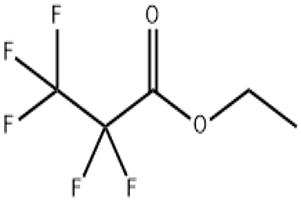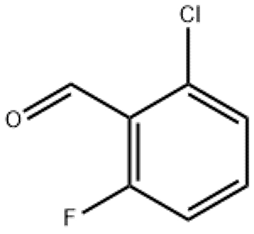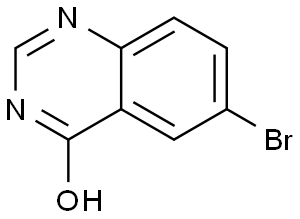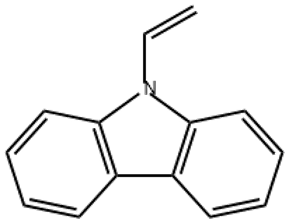Ethyl-2 2 3 3 3-pentafluoropropionate(CAS# 426-65-3)
| Risk Codes | R11 – Highly Flammable R36/37/38 – Irritating to eyes, respiratory system and skin. |
| Safety Description | S16 – Keep away from sources of ignition. S26 – In case of contact with eyes, rinse immediately with plenty of water and seek medical advice. S33 – Take precautionary measures against static discharges. S36 – Wear suitable protective clothing. |
| UN IDs | UN 3272 3/PG 2 |
| WGK Germany | 3 |
| TSCA | T |
| HS Code | 29159000 |
| Hazard Note | Flammable |
| Hazard Class | 3 |
| Packing Group | II |
Introduction
Ethyl pentafluoropropionate (also known as methyl pentafluoropropionate or ethyl pentafluoropropionate) is a colorless liquid with a strong odor. The following is an introduction to its nature, use, preparation method and safety information:
Quality:
- Solubility: Soluble with many organic solvents, but almost insoluble in water
- Flammability: flammable, toxic fluoride gas can be produced when exposed to fire or high temperatures
Use:
- Ethyl pentafluoropropionate is widely used in organic synthesis as a solvent and catalyst for organic synthesis reactions
- It can also be used as a raw material for surface coatings to increase the corrosion resistance and moisture resistance of materials
- For surface treatment and cleaning of materials in the electronics industry
Method:
- The preparation of ethyl pentafluoropropionate generally adopts a heavy fluoride reaction, which uses pentafluoropropionic acid to react with methanol or ethanol to produce ethyl pentafluoropropionate. Reaction conditions require controlled temperature and reaction time to ensure yield and product quality.
Safety Information:
- Ethyl pentafluoropropionate is irritating and should be avoided from contact with skin and eyes. Protective gloves, goggles and protective clothing should be worn when performing the operation.
- Ethyl pentafluoropropionate is a flammable liquid and should be kept away from fire and high temperatures. Avoid contact with strong oxidizing agents to avoid fire or explosion.
- Operate in a well-ventilated area and avoid inhaling its vapors during operation.
- In case of accidental contact or inhalation, move immediately to fresh air and seek medical advice if necessary.








